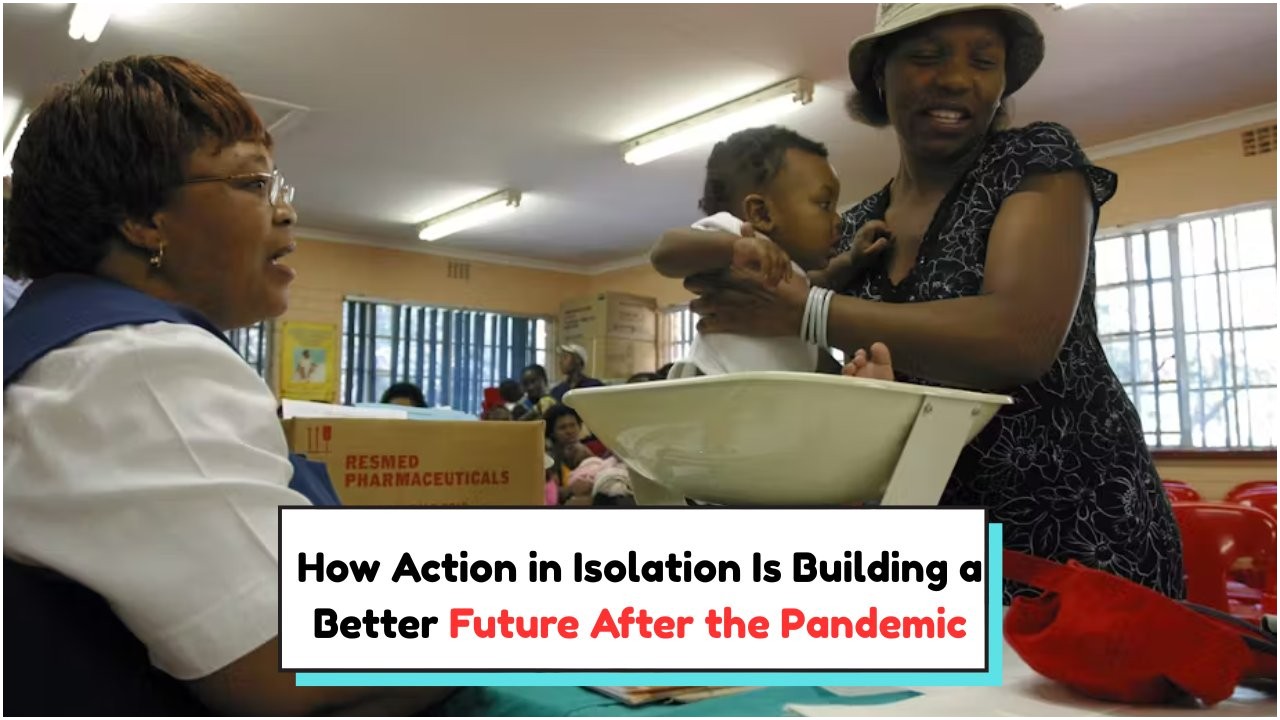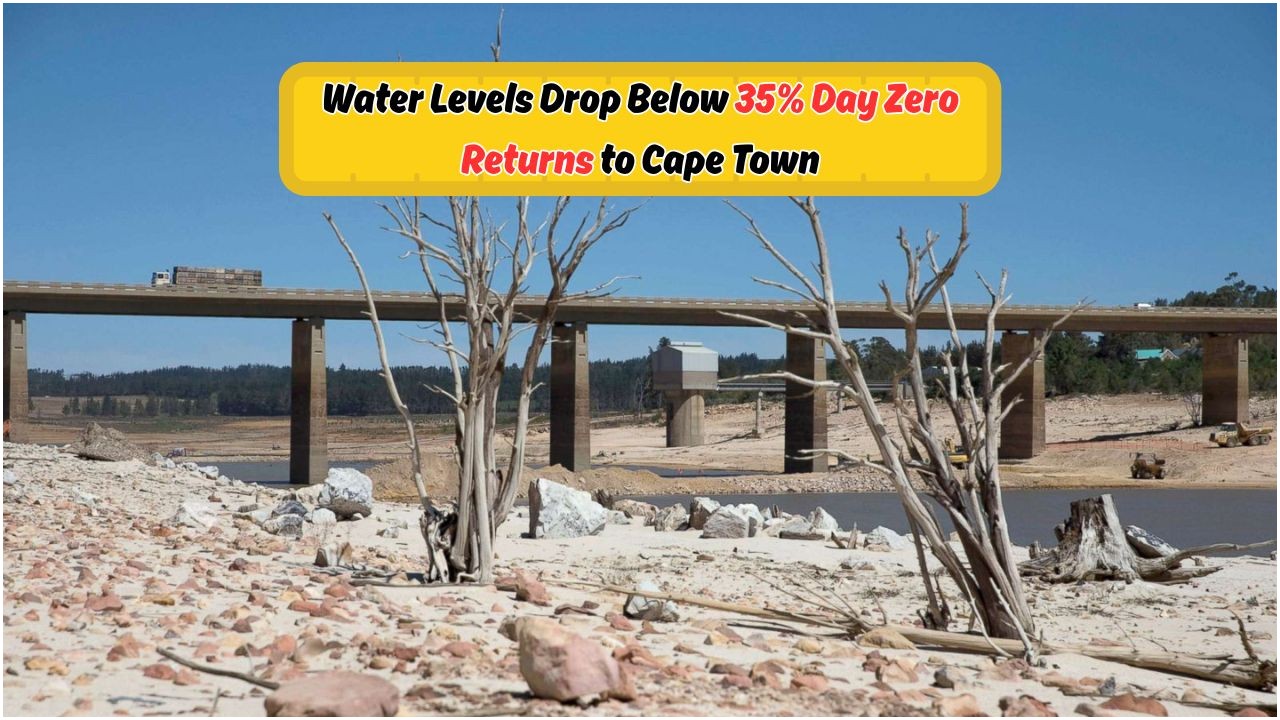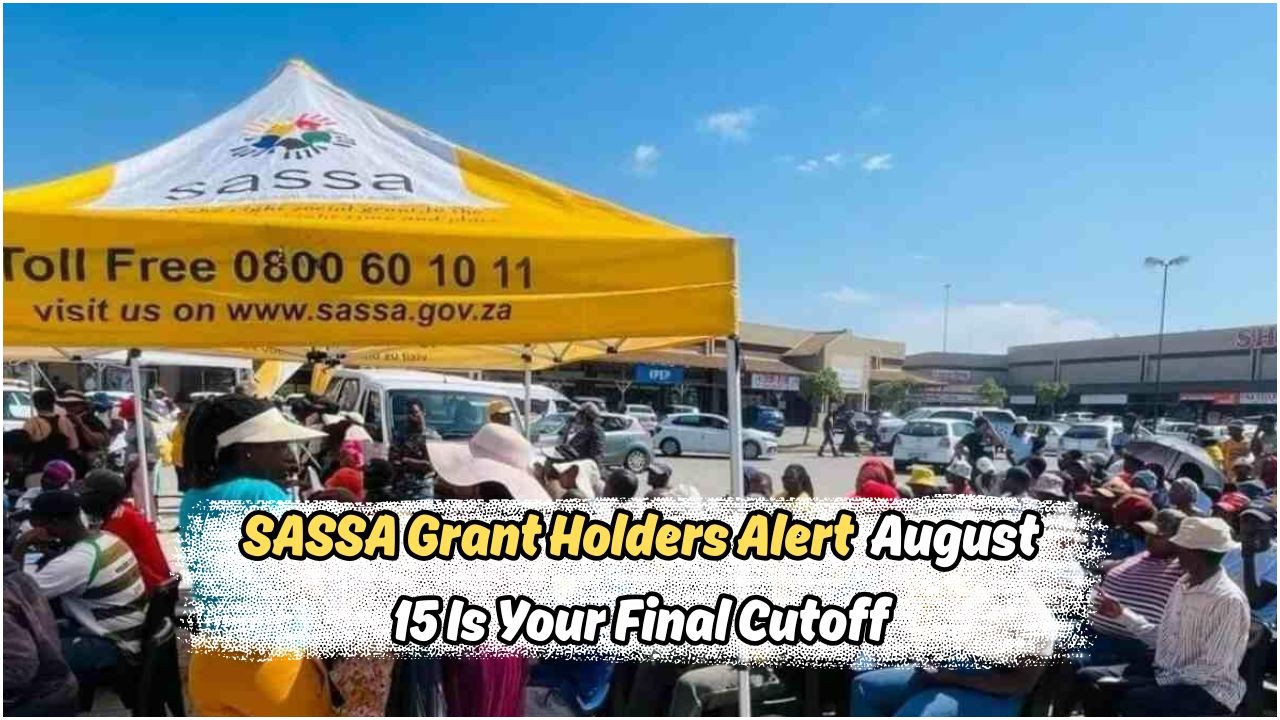From Crisis to Care – The COVID-19 pandemic shook the foundations of societies across the globe, but for many rural communities in South Africa, it did more than just disrupt—it devastated. Isolated villages, lacking access to basic services, found themselves cut off not only from resources but also from hope. As government channels struggled to keep up, individuals and grassroots organizations stepped in to fill the gap, offering not just temporary relief, but planting the seeds for sustained community empowerment.In KwaZulu-Natal and other rural regions, “action in isolation” became more than a survival strategy—it became a movement. What started as emergency food parcels, healthcare access, and protective equipment soon transformed into organized, long-term care networks. These efforts included establishing food gardens, community watch groups, mobile clinics, and youth-led initiatives for education and mental health. Isolated action evolved into collective resilience.This article explores how community-led pandemic relief initiatives transitioned into permanent support structures. Through real-life examples, impact metrics, and government partnerships, we’ll break down how small acts during isolation led to a new model of rural development and self-reliance.
The Rise of Community Relief During COVID-19 Isolation
In the earliest months of the pandemic, lockdown measures left remote villages stranded. But communities acted quickly, establishing local support networks even before government aid could reach.
- Women-led groups began cooking and distributing meals to households in quarantine.
- Churches and schools were converted into temporary health stations.
- Volunteers used WhatsApp to organize donation drives and coordinate relief.
Key Impacts During Initial Isolation:
| Area | Action Taken | Beneficiaries (Est.) | Key Organizers | Support Source | Duration | Notes |
|---|---|---|---|---|---|---|
| KwaZulu-Natal | Meal Distribution to Households | 12,000+ | Women Co-ops, Churches | Local Donors + NGOs | April–Sept 2020 | Initially focused on child-headed homes |
| Eastern Cape | Community Gardens Initiated | 1,500 households | Youth Farmers Collective | Donated seeds & training | Ongoing | Many gardens still functional |
| Limpopo | Mobile Health Vans Deployed | 8,500+ patients | Rural Health Outreach | Provincial Health Dept. | May–Dec 2020 | Focused on HIV, TB, and COVID screening |
| North West | Local Mask-Making Initiatives | 300+ seamstresses | Craft Co-ops | DTI Funding + Volunteers | June–Oct 2020 | Income generation + protection |
| Free State | WhatsApp Donation Groups | 5,000+ items donated | Youth Leaders | Crowdsourced | March–July 2020 | Digital literacy boosted community action |
| Mpumalanga | Elderly Care Networks | 700+ elders | Grandmothers Circle | Churches, CBOs | July–Dec 2020 | Social visits, food, and hygiene support |
| Gauteng | Food Trucks for Unemployed Workers | 10,000+ meals | Lay Volunteers | Corporate Sponsors | April–Aug 2020 | Pivoted to job-skills later |
| Northern Cape | Sanitation Distribution (Soap, Masks) | 20 villages | Primary School Teachers | NGO & School Funds | April–June 2020 | Helped reopen schools safely |
How Short-Term Help Became Long-Term Community Infrastructure
The remarkable shift from emergency relief to permanent care structures wasn’t accidental. It was driven by trust, local leadership, and adaptability.
- Relief kitchens evolved into community food gardens.
- Mobile health vans continued providing general healthcare post-pandemic.
- Sewing co-operatives producing masks began exporting garments.
- Donation groups became registered community-based organizations (CBOs).
Building Sustainability Through Community Ownership
Once the immediate crisis ended, these grassroots actions continued under community leadership. Rather than disbanding, many groups formalized and registered under provincial NGO platforms.
Transition Strategies That Worked:
- Rotational leadership models to prevent burnout
- Financial training and registration support from municipal development offices
- Monthly feedback meetings to stay aligned with community needs
Examples of Long-Term Transformation:
| Initiative | Original Purpose | Current Form | Beneficiaries (2024) |
|---|---|---|---|
| Women’s Cooking Groups | Emergency food relief | School nutrition programs | 3,500+ learners |
| Youth WhatsApp Donation Group | Collect household items | Local job board & tutoring hub | 2,000+ youth |
| Mask-Making Co-ops | Pandemic safety | Fashion-based microenterprises | 300+ families |
| Grandmothers Care Circles | Elderly support | Formal aged-care provider group | 900+ seniors |
Government and NGO Collaboration: From Support to Partnership
Though initial action was informal, government departments and NGOs soon noticed and joined hands to offer institutional support.
Key Government and NGO Roles in Strengthening Local Action
The Department of Social Development, Department of Health, and several civil society organizations enabled local groups to scale up.
Major Collaborating Entities:
| Department/NGO | Role Played | Type of Support |
|---|---|---|
| Dept. of Social Development (DSD) | Registered 70+ new CBOs | Legal + financial |
| Provincial Health Depts | Provided nurses and mobile vans | Healthcare resources |
| SASSA | Fast-tracked social grant registration | Grants and documents |
| UNICEF | Offered funding to youth-led groups | Capacity + cash grants |
| Gift of the Givers | Supplied food, medical kits | Material aid |
| DTI | Skill training for women entrepreneurs | Business mentoring |
The Role of Youth in Sustaining Community Resilience
One of the most inspiring takeaways is the role of rural youth in redefining relief into structured change.
 Cape Town Faces Critical Water Shortage as Dam Levels Plunge Below 35% – City Declares Emergency
Cape Town Faces Critical Water Shortage as Dam Levels Plunge Below 35% – City Declares Emergency
Youth Leadership Beyond Emergency Relief
- Led mental health sessions for students post-lockdown.
- Initiated after-school tutoring using community halls.
- Designed local job boards for skill exchange and micro-jobs.
Case Study: How One Village in KwaZulu-Natal Became a Model of Resilience
A small village near Ixopo was one of the first to implement coordinated care from within. They formed seven relief committees—each focusing on food, health, hygiene, security, education, elder care, and child protection.
Lasting Outcomes from Ixopo Village
- A local primary school now runs a feeding scheme for 500+ kids daily.
- Women leaders trained in bookkeeping now run three small shops.
- A community clinic was approved and built with provincial support.
Departmental Contact Details for Community-Based Support
For community groups or individuals interested in formalizing their efforts or accessing funding, here are relevant contact points:
| Department/Agency | Contact Email | Helpline/Phone Number | Website |
|---|---|---|---|
| Department of Social Development | [email protected] | 0800 601 011 | www.dsd.gov.za |
| Department of Health | [email protected] | 0800 029 999 | www.health.gov.za |
| SASSA | [email protected] | 0800 60 10 11 | www.sassa.gov.za |
| UNICEF South Africa | [email protected] | +27 12 354 8201 | www.unicef.org/southafrica |
| Gift of the Givers | [email protected] | +27 34 351 1446 | www.giftofthegivers.org |
| Department of Trade & Industry | [email protected] | 0861 843 384 | www.thedti.gov.za |
The story of South Africa’s rural response to COVID-19 is a testament to the power of local leadership, collaboration, and resilience. What began as isolated acts of care during a global crisis has evolved into a powerful network of long-term community support that continues to serve as a model for grassroots development.
FAQs
Q1: What does “action in isolation” mean in this context?
It refers to independent community actions taken during the pandemic lockdown when government help was delayed or absent.
Q2: Are these grassroots programs still active?
Yes, many have transformed into registered NGOs or cooperatives offering continuous support.
Q3: Can individuals join or donate to these initiatives?
Absolutely. Many have formal structures now and accept volunteers and donations.
Q4: Did the government support these actions from the beginning?
No. Most initiatives began informally and later received support when their impact became visible.
Q5: What were the biggest challenges faced by community groups?
Initial lack of resources, burnout among volunteers, and limited legal knowledge for formal registration.








